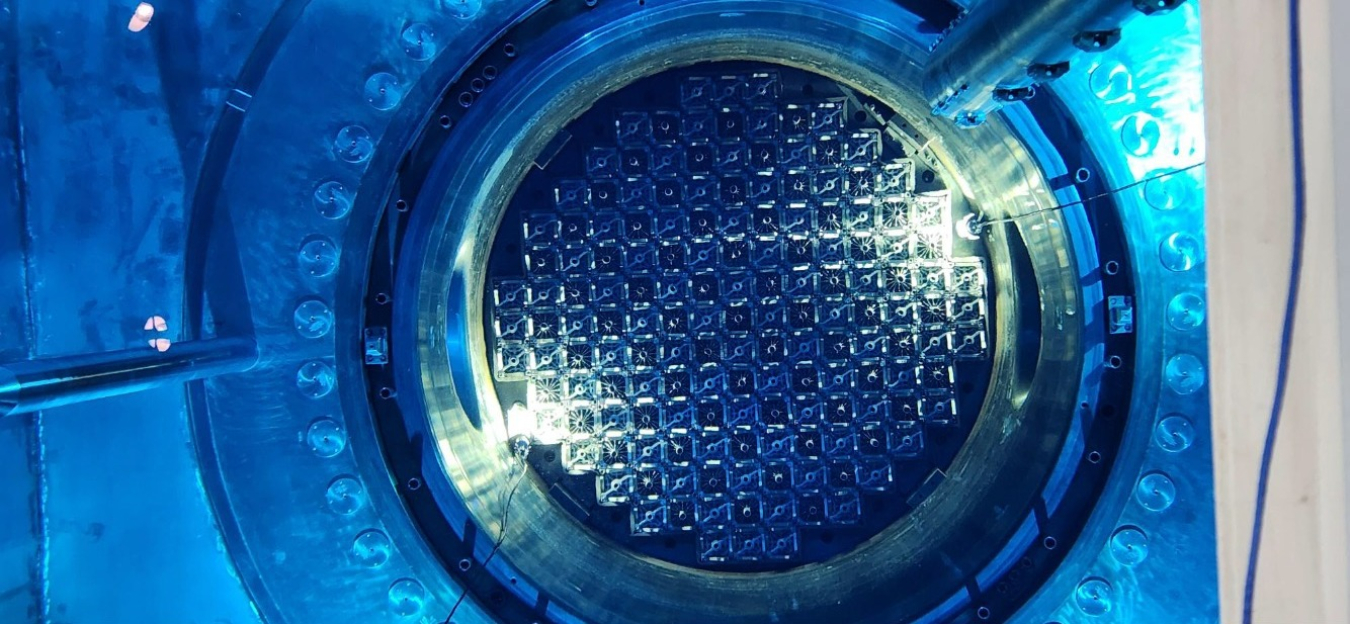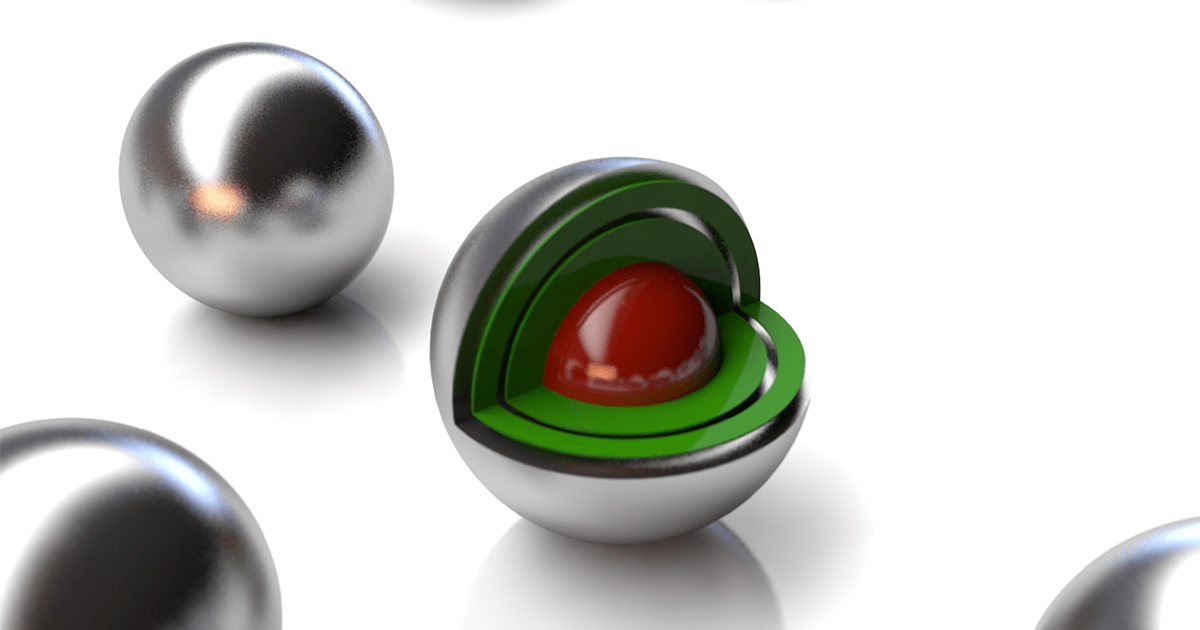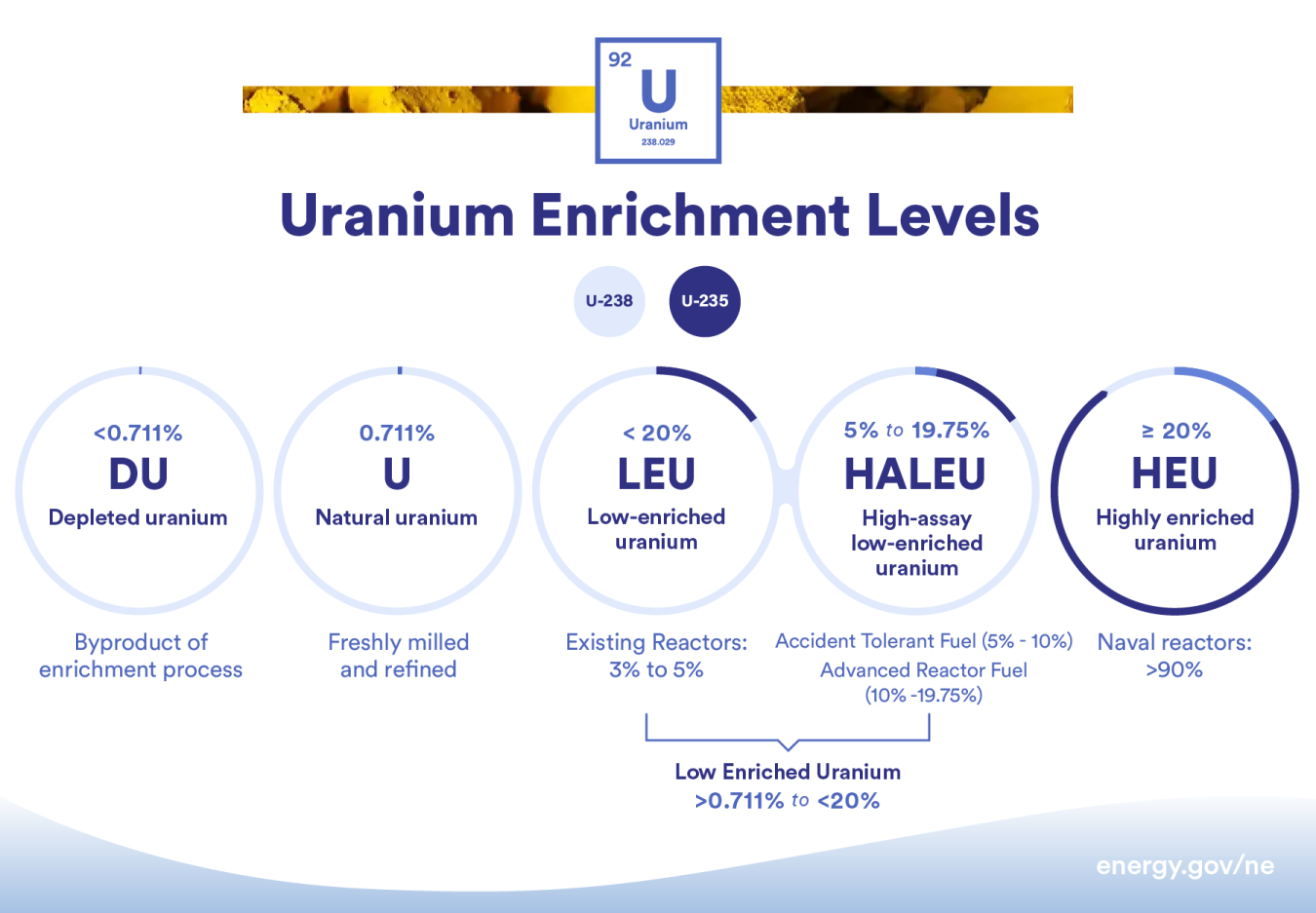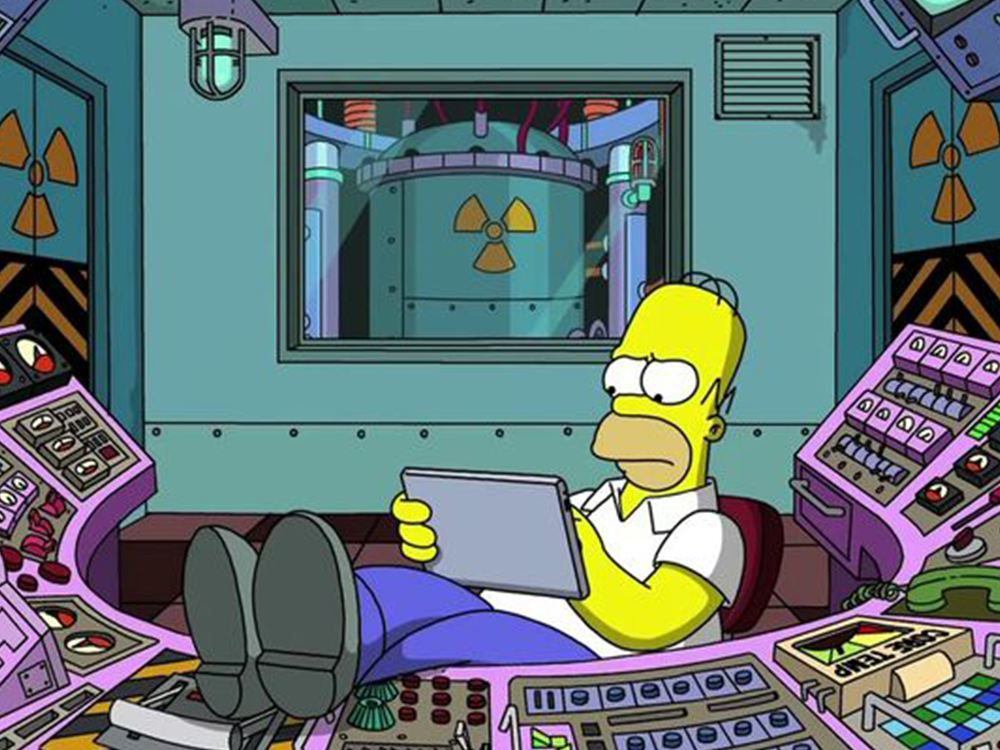A list of commonly misunderstood nuclear energy terms
April 23, 2024
Reactor core of Vogtle Unit 4
Like any industry, nuclear energy has its share of confusing catchphrases, bewildering buzzwords, and mystifying mumbo-jumbo.
Is “going critical” a good thing?
How is “passive safety” better than active?
Do “accident tolerant fuels” really tolerate accidents?
Some of these terms can sound confusing if you aren’t a nuclear nerd.
But don’t worry. We’ve got your back.
Here are some common terms that may cause confusion about the nation’s largest source of emissions-free power:
1. Critical
“Criticality” might sound as serious as a heart attack, but in the nuclear energy world it’s a reason to jump for joy.
We say a nuclear reactor is “critical” when it is perfectly stable. That happens when each uranium atom that splits via fission releases enough neutrons to cause one additional atom to split.
FUN FACT: This is where the term “critical mass” comes from. In nuclear terms, it is the smallest amount of nuclear material that can sustain a fission reaction.
That stable “chain reaction” is what keeps nuclear power plants generating electricity around the clock.
The world’s first nuclear reactor to achieve sustained criticality was Chicago Pile-1 in December 1942 and the most recent U.S. reactor to achieve this feat was Georgia Power’s Vogtle Unit 4 on Valentine’s Day in 2024.
2. Passive Safety
“Passive” doesn’t mean reactor operators are resting on their laurels — quite the opposite.
Passive safety refers to the ability of advanced reactors like the AP1000 or newer designs under development to shut down and remove excess heat without human intervention.
In the unlikely event that a nuclear plant loses backup power, passive safety systems use the laws of physics to help keep a reactor cool. They take advantage of things like the natural circulation of coolant to move heat away from the reactor core without the need for external power sources, pumps, or operator action.
So, if you see a reactor referred to as “walk-away safe,” rest assured that no one is checking out for lunch.
3. Accident Tolerant Fuels
Yes, you read that right.
DOE is working with companies like Westinghouse, General Electric, and Framatome to develop new fuels and claddings — the protective metal tube that surrounds the fuel pellets — to enhance the safety and performance of today's reactors.
These so-called “accident tolerant fuels” could endure worst-case conditions longer thanks to materials that are more resistant to radiation, corrosion, and higher temperatures.
The program first started after the Fukushima Daiichi nuclear power plant in Japan was damaged by a massive earthquake and tsunami in 2011. They’re designed to provide longer response times when something goes wrong — like a total loss of power, which is what led to fuel melting in three reactors at Fukushima.
They are also expected to perform even better than current nuclear fuels and could extend the time between refueling, which would reduce the amount of spent fuel generated over the lifetime of a reactor.
Many of the fuels are being tested in commercial reactors today and could be commercialized before the end of the decade.
Other advanced nuclear fuels like TRISO particles can withstand temps hotter than molten lava thanks to their triple-coated layers, which act like individual containment domes to retain all of their fission products. The ultra-robust design means they can’t melt in a commercial high-temperature gas reactor.

The Most Robust Nuclear Fuel on Earth
Several projects supported through DOE’s Advanced Reactor Demonstration Program plan to use TRISO fuel in their next-generation reactor designs. TRISO fuel qualification testing is currently underway at Idaho National Laboratory and Oak Ridge National Laboratory.
4. Burnup
Don’t let this one confuse you. Nothing is actually burning in a nuclear reactor, which is why nuclear energy doesn't produce harmful emissions.
“Fuel burnup” is nuclear industry shorthand for thermal energy produced via fission within the reactor fuel. As uranium undergoes fission, the reactive U-235 atoms split apart and the fuel gradually loses its potency.
When enough of the fuel has “burned up” the reactor needs to be refueled. And even then, only about one-third of the fuel needs to be replaced. Most commercial nuclear power plants operate on refueling cycles of 18 to 24 months, meaning the fuel will last up to six years!
New “high-burnup” fuels in development could extend that time even further.
The longer reactors can operate, the less time they need to be offline for costly refueling outages. So, high-burnup fuels would reduce the amount of fuel that needs to be purchased, reduce waste generated over the life of the reactor, and could also help increase power levels — making reactors more economical.
5. Enrichment
In the nuclear energy sector, enrichment is all about the isotopes.
Isotopes are atomic forms of an element — in this case, uranium — that have the same number of protons but different numbers of neutrons.
Natural uranium mined from the earth contains more than 99 percent uranium-238, which is more stable and slowly decays over billions of years. The other 0.7 percent is uranium-235, the isotope that’s “fissile” or capable of sustaining a nuclear chain reaction.
Uranium is enriched for use in nuclear reactors by increasing the concentration of uranium-235. This often involves using a centrifuge to remove some of the heavier U-238, leaving a more fission-friendly end product.
There are different levels of enrichment most frequently used today:

FUN FACT: Depleted uranium (DU) is a byproduct of enrichment containing extremely low concentrations of U-235 (0.2-0.3 percent). It can be blended with highly enriched uranium to make reactor fuel.
Low-enriched uranium (LEU), sometimes called “reactor grade,” is enriched uranium containing less than 20 percent U-235. Nearly all commercial nuclear reactor fuel currently uses LEU enriched to between 3 percent and 5 percent U-235.
Most advanced reactors in development are designed for use with fuel enriched between 5 and 19.75 percent U-235 — called “high-assay low-enriched uranium” or HALEU.
The problem is that HALEU isn’t widely available to reactor developers just yet.
DOE is working to support next-generation nuclear technologies by bolstering the availability of HALEU with limited quantities of DOE uranium in the near-term and large quantities over the long-term that would be produced through new commercial U.S. enrichment.
More than 20 percent U-235 is HEU or highly enriched uranium. It’s used primarily in naval propulsion reactors, nuclear weapons, and some research reactors. Most HEU applications involve uranium enriched to over 90 percent U-235.
6. Nuclear Waste
The phrase “nuclear waste” comes with a lot of baggage. But what you imagine in your head when you hear it may not match up with the reality of nuclear energy.

7 Things The Simpsons Got Wrong About Nuclear
Picture this: after nuclear fuel rods are used in a reactor, they are taken out and set aside to cool in a steel-lined pool of water for typically a few years. They look basically the same as they did when they went in — a bundle of metal tubes filled with little pellets of uranium in ceramic form.
They don't glow, and they aren’t dumped into ponds full of three-eyed fish.
In fact, the vast majority of the nation’s spent nuclear fuel is stored safely and securely in wet storage or dry concrete casks at nuclear reactor sites.
DOE is currently working on a collaborative process to establish one or more federal interim storage facilities in the U.S. to reduce the number of locations where spent fuel is stored.
By the way, those fuel rods? They don’t have to be “wasted.”
Spent nuclear fuel retains 95 percent of its energy potential when it comes out of the reactor and some designs currently in development could one day run on that used fuel.
7. Fission vs. Fusion
Fission and fusion both involve the nucleus, the core of protons and neutrons that give an atom its mass.
Fission happens when a neutron collides with a nucleus of a larger atom, causing it to split into two smaller atoms called “fission products.” Tremendous energy is released in the form of heat as well as additional neutrons that can initiate a chain reaction.
Fission is currently used in every nuclear power reactor on earth, usually with uranium or plutonium fuel.
Fusion works the opposite way. Two smaller atoms slam together and “fuse” their nuclei to form a heavier atom, like when two hydrogen atoms fuse to form one helium atom. This is the same process that powers the sun and creates huge amounts of energy without generating highly radioactive fission products.
Scientists are still working on harnessing the power of fusion, which is far more difficult to control and sustain than fission. In 2022, Lawrence Livermore National Laboratory achieved the first-ever fusion ignition — a key first step in the quest for limitless energy.
8. Advanced Reactor
So, what even is an advanced reactor? The term gets thrown around a lot these days, so let’s try to define it.
“Advanced reactors” refers to a broad suite of designs that come in an incredible variety of shapes, sizes, coolant types, and even use different types of fuels.
One thing they share in common is the ability to achieve enhanced efficiency, safety, and versatility over conventional reactor designs.
They can be large (like the AP1000 advanced light water reactors at Plant Vogtle) or tiny (microreactors), or somewhere in between (small modular reactors). Types of advanced reactors currently in development include:
Advanced nuclear energy systems hold enormous potential to reduce harmful emissions, create new jobs, and build an even stronger economy.
Learn more about how DOE’s Advanced Reactor Demonstration Program is working to unleash American energy and bolster our energy and national security by enabling the next generation of nuclear reactors.

